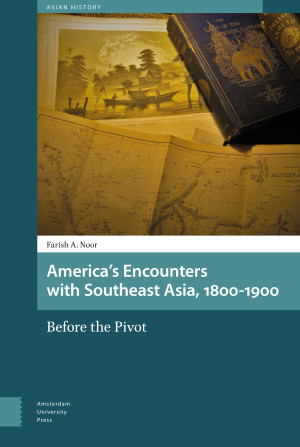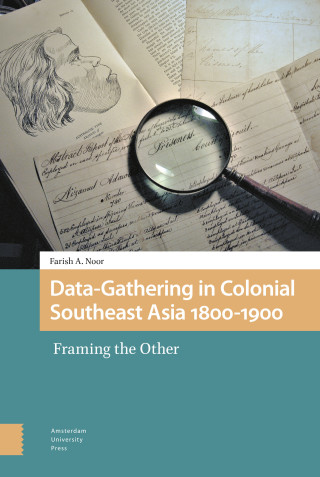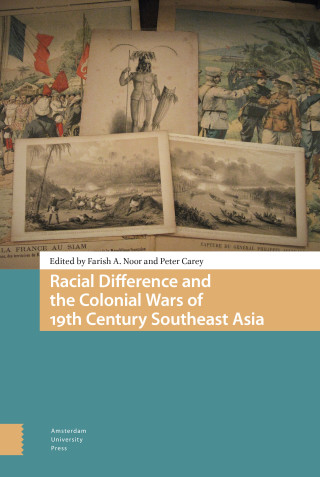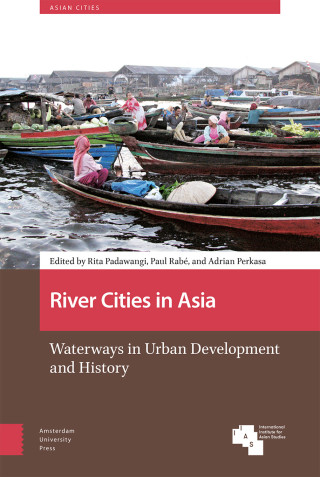"With his well-written book, Farish fills an important knowledge gap by showing that, to protect its commercial interests in Southeast Asia, the U.S. was pursuing its own gunboat diplomacy as early as the 1830s." - Giorgio Mariani, Asian Journal of Social Science 48, 2020
"Farish Noor’s latest book presents a series of richly-textured critical explorations of a selection of key texts presenting windows on the ways in which the United States engaged with a range of different Asian societies over the course of the nineteenth century ... this book makes valuable contributions to several fields that do not often intersect in a single academic work: Southeast Asian history, nineteenth-century literature, and American studies. Readers coming from the perspective from any of these fields will learn much from Noor’s book, and his finely crafted prose helps to make it a thoroughly enjoyable read as well." - R. Michael Feener, University of Oxford, Review of International American Studies Vol. 12, 2019
"Absolutely unique, beautifully written and quite simply mind-blowing. This is a distinct and original piece of work that offers an account of American-Southeast Asian encounters through a lens that is rightly critical of Orientalist constructions of Asia. There is nothing else like this book and the field of Southeast Asian studies is very much in need of it." - Professor Rachel Harrison, SOAS, University of London
"Highly original and un-put-down-able. Farish's work looks at the interaction of Americans with Southeast Asia in the nineteenth century and the development of American Orientalism. Studying the emerging Orientalist discourse in 19th century America through the works of American authors, this work has much to say about issues of racism, and the cultural and religious exceptionalism of the United States as it emerged as a colonial power." - Professor Peter Carey, Emeritus Fellow, Trinity College, Oxford, and Visiting Professor, Faculty of Humanities, University of Indonesia





